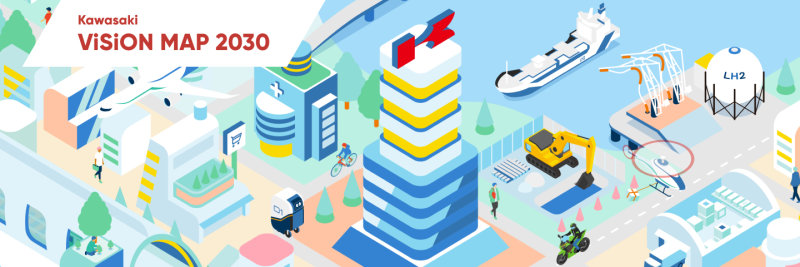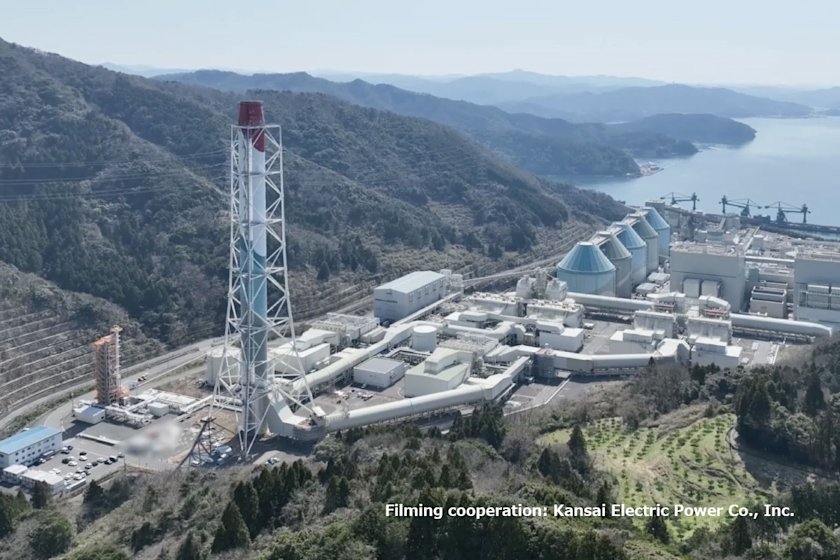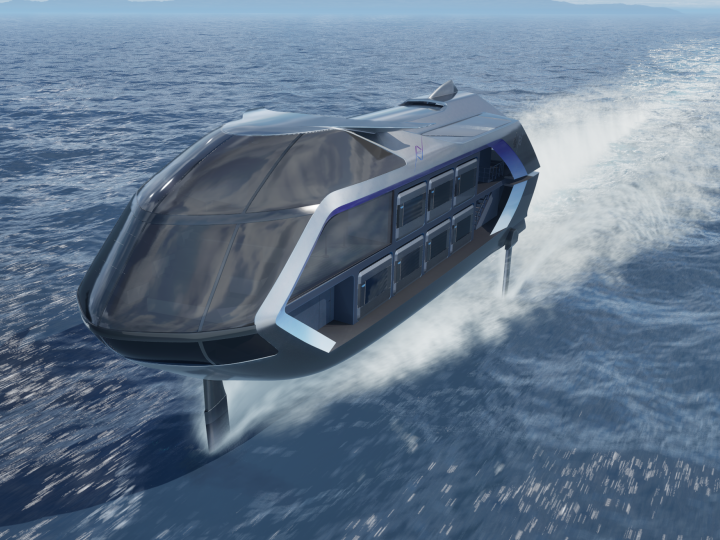Helicopters that have been accident-free for 45 years of in-house flights are a new beacon of hope

Kawasaki’s helicopter business has a history of approximately 70 years, and has now entered the market for unmanned helicopters with the achievements and trust garnered throughout its history. The aircraft can transport goods and offer support to people in disaster areas, even if there is a lack pilots and funds. Here is the voice of an employee who looks to the possibility of solving problems within people’s daily lives with the aircraft. (This article is a part of Kawasaki ViSiON MAP 2030, which imagines the future of the Kawasaki Group.)

Advanced Smart Mobility Supervisory Department, Presidential Project Management Division,
Head Office
Sakurai joined Kawasaki in 2012 for a job in the plant engineering business with his interest in improving support and infrastructure in developing countries. His experience in financial accounting, management accounting, and Environmental Plant sales to the public sector was followed by development of new business, and he is now involved in business development and marketing of a service that uses the unmanned VTOL aircraft K-Racer in the field of aviation.
Unmanned helicopters are solutions to issues of labor and skill
Did you know that helicopter operation still has many issues? One of them is the lack of pilots. In particular, helicopters that operate in mountainous areas require advanced flight techniques, and the shortage of experienced pilots is a large problem. Additionally both helicopters and drones face challenges in terms of cost and operation to transport goods in the mountains. To deliver 100 to 200 kilograms of materials on a regular basis, the use of a helicopter would exceed the required specifications and cost too much. In contrast, an unmanned vehicle, like a drone, has problems of durability at high altitudes, and maximum payload capacity (up to about 50 kilograms), which disrupts steady service. The in-development, unmanned VTOL aircraft K-Racer is the answer to this issue. This aircraft can fly without a pilot and carry a payload of around 200 kilograms. These aircraft features are helpful for bringing goods to mountainous areas and the narrow spaces of disaster sites. I believe scenes for use will continue to increase.

Trust in our past makes way for future endeavors
The development of the cargo transport service platform using the “K-Racer” was commissioned by Ina City in Nagano Prefecture. The core operation is the delivery of goods to huts in mountains, and eventually to steel towers in mountainous areas and disaster areas. Every new business will not be successful. And yet, it is important for us to be confident in order to be persuasive to customers and other parties. One grounds to support the project’s reliability is the successful history of Kawasaki. Kawasaki’s helicopter business began in the 1950s, and many have been produced for emergency medical service, disaster relief, and journalism. We are proud that Kawasaki has achieved 80,000 consecutive accident-free hours of in-house helicopter and fixed-wing flights since 1977, when it began keeping records. Because we have garnered trust, we are open to new challenges, which I realize is a strength of Kawasaki.

New challenges, new business opportunities
Before joining Kawasaki, I was interested in assisting developing countries, especially in providing lifeline utilities and social infrastructure, so I wanted to work in the plant engineering business. Now, I take part in new business development for the “K-Racer” and realize that my desire to support people’s lives and solve problems is also at the root of my current work. I would like to improve the lives of many through the performance of the “K-Racer.” While the application in mountainous areas is its primary intent, I want to cover urban areas and more in the future. This will open opportunities for new challenges. There is still much that we can do.

The information contained in the article is current as of December 2022.
"Kawasaki ViSiON MAP 2030" presents the future we want to realize by the year 2030, presented through the voices of Kawasaki staff working towards our vision. We hope you join us to learn about their efforts in social change, and to imagine the future we can achieve together.







